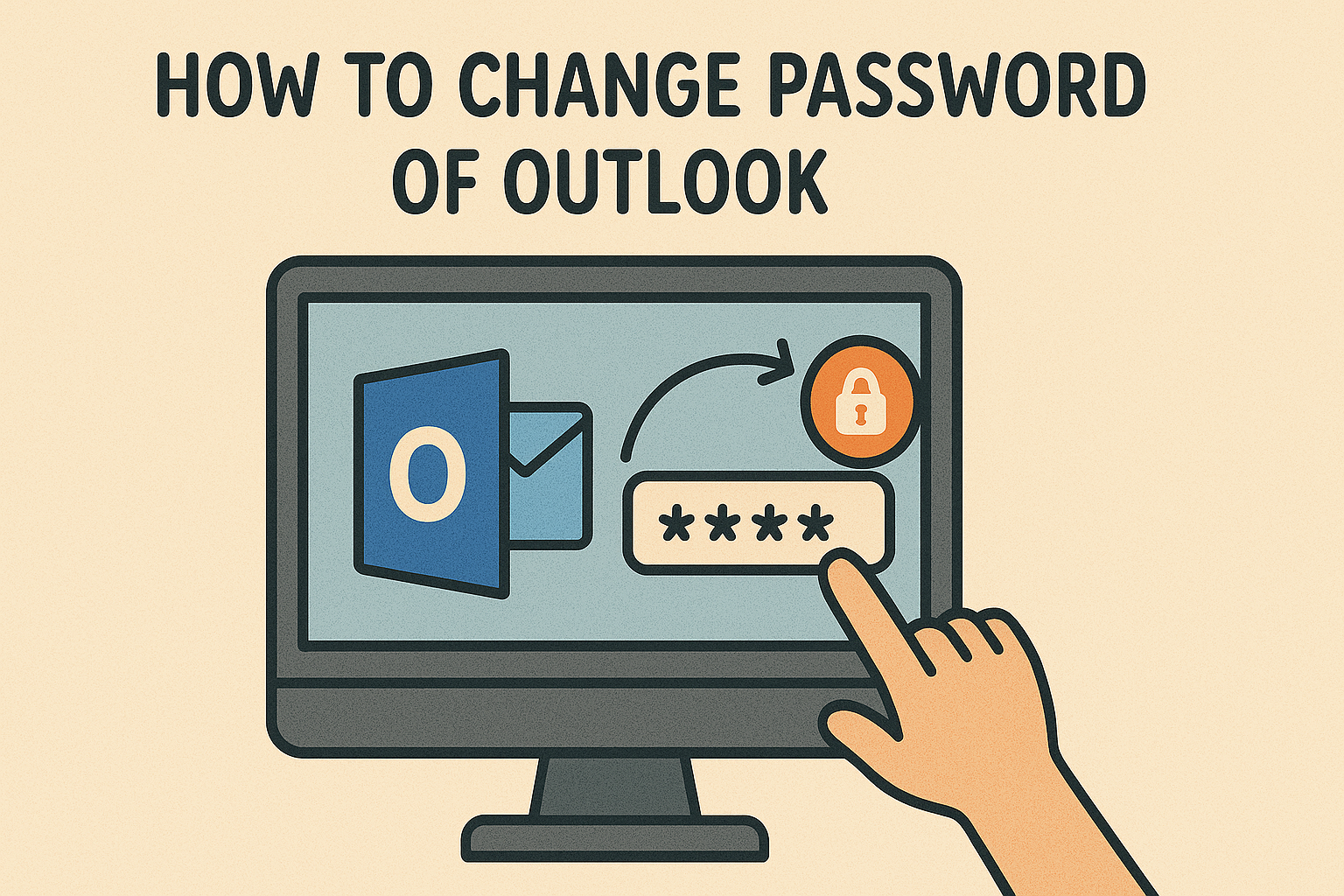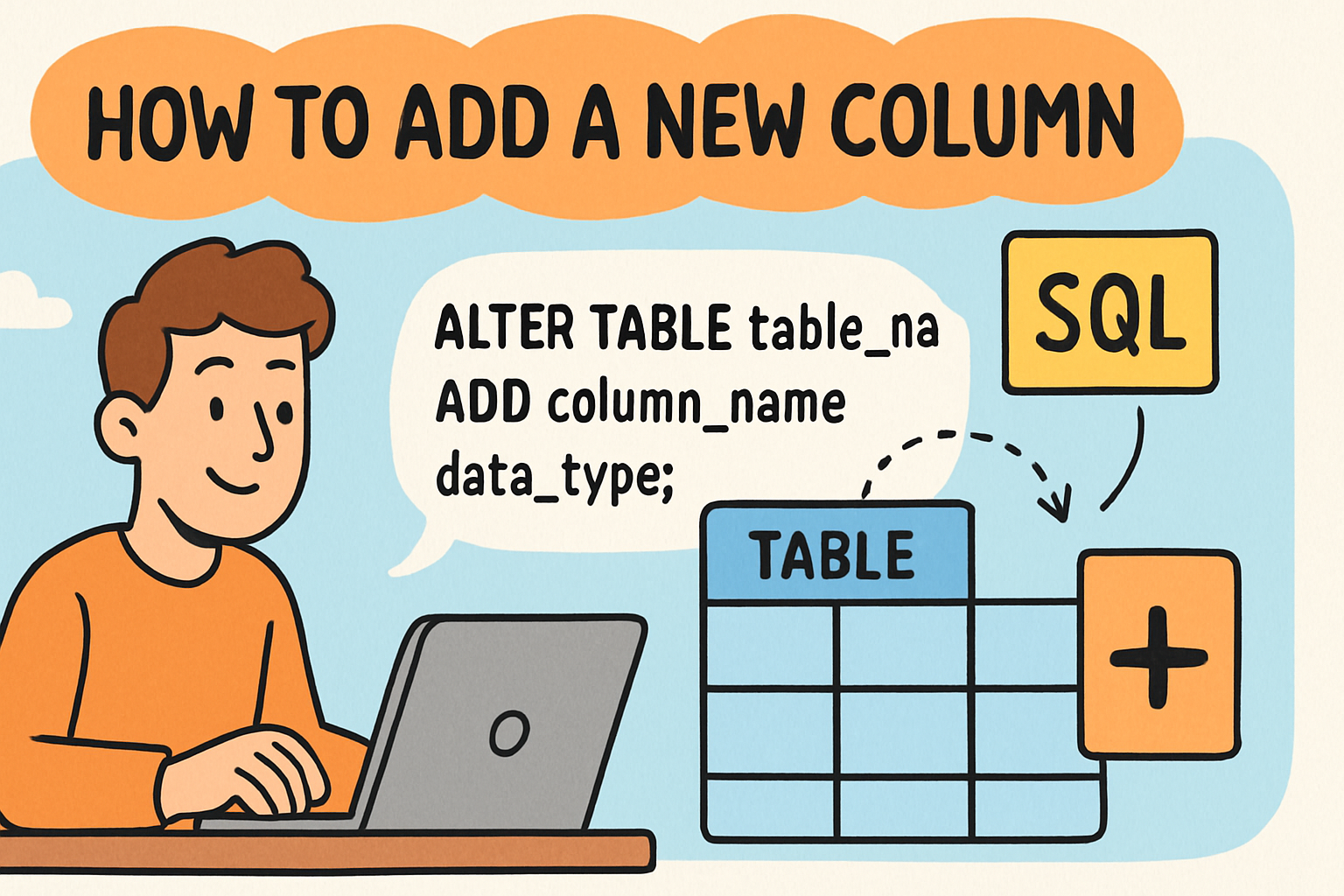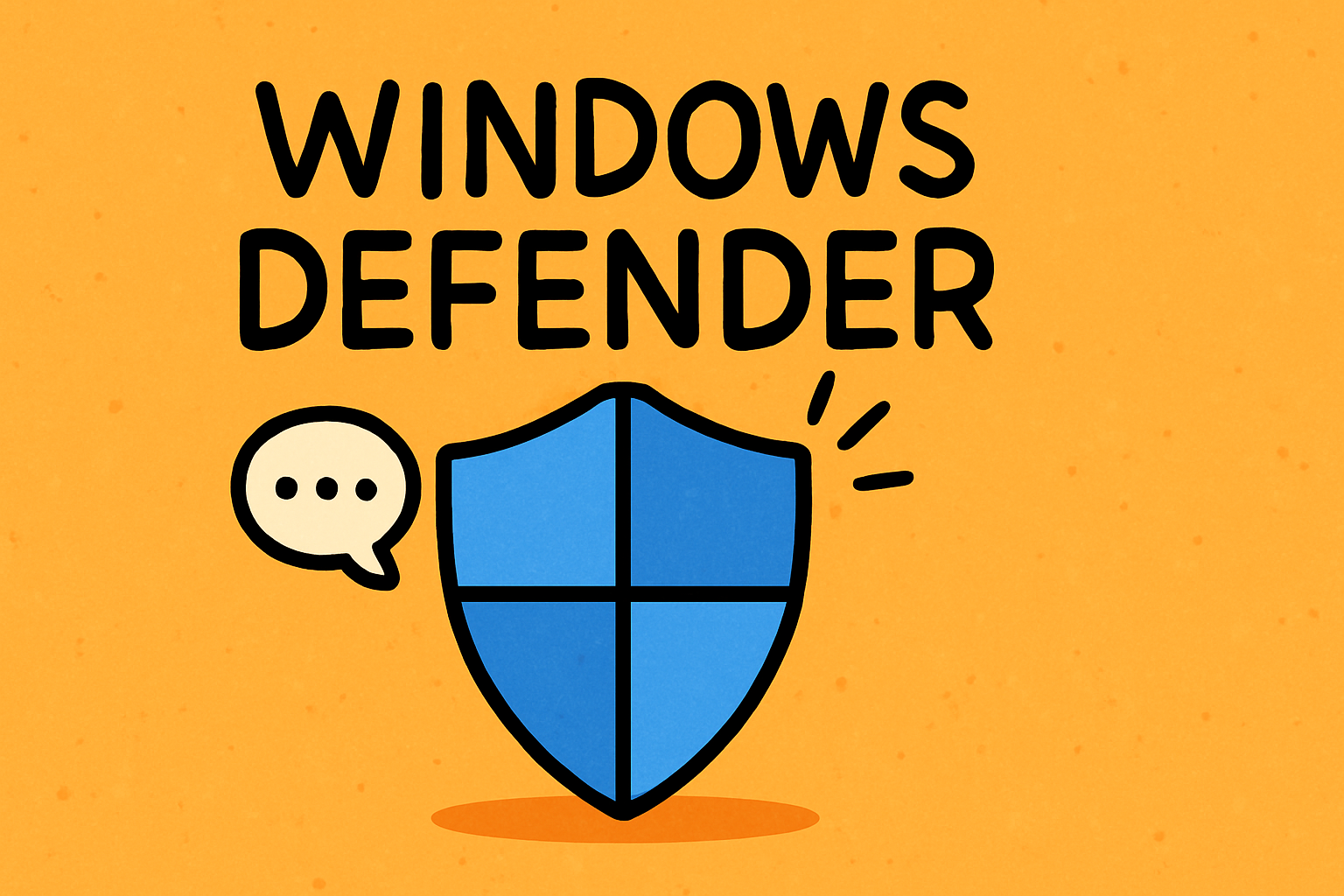What Does SMB Stand For? Everything You Need to Know About SMB in Networking and Business
Updated on July 15, 2025, by Xcitium

Have you ever wondered, “What does SMB stand for?” Whether you’re navigating a corporate network, managing cybersecurity protocols, or launching a startup, understanding SMB can be vital.
In tech and business, SMB commonly stands for Server Message Block in networking and Small and Medium-Sized Business in a commercial context. This dual meaning can be confusing, but both interpretations are critical—especially for IT managers and cybersecurity professionals. In this post, we break down both definitions, their real-world relevance, and how they intersect.
What Does SMB Stand for in Networking?
In the realm of networking, SMB stands for Server Message Block. It is a protocol primarily used for file and printer sharing between computers, particularly in Windows environments.
Key Features:
- Allows computers on the same network to read/write files.
- Enables shared access to printers and serial ports.
- Facilitates interprocess communication.
💡 What port does SMB use to operate at?
SMB operates mainly on port 445 (TCP). Older versions also used port 139 via NetBIOS over TCP/IP.
Use Cases:
- File sharing in enterprise environments.
- Accessing shared folders on Windows systems.
- Remote administration.
What Does SMB Stand For in Business?
In the business context, SMB stands for Small and Medium-sized Business. These organizations:
- Employ fewer than 1,000 people.
- Generate lower revenue than large enterprises.
- Require efficient, scalable, and secure IT solutions.
SMBs are a major target of cybersecurity threats because they often lack advanced protection protocols found in larger organizations. Thus, understanding and implementing secure SMB services is critical.
SMB in Windows: How It Works
In Windows operating systems, SMB is tightly integrated and enables the following:
- Mapped network drives
- File/Printer sharing
- Shared folder access using SMB shares (\Server\Share)
Administrators can control permissions, encrypt traffic, and monitor SMB activity to ensure secure collaboration across departments.
SMB in Cybersecurity: Benefits and Risks
While SMB enhances connectivity, it also poses significant cybersecurity risks if not properly secured. Infamous exploits like WannaCry ransomware leveraged vulnerabilities in SMB protocols.
Common Vulnerabilities:
- Open SMB ports exposed to the internet
- Outdated SMB versions (like SMBv1)
- Misconfigured file sharing permissions
Tips to Secure SMB:
- Disable SMBv1
- Use SMB encryption
- Employ endpoint protection tools
- Monitor SMB traffic for anomalies
Types of SMB Protocols and Versions
| Version | Introduced In | Security |
| SMBv1 | Windows NT 4.0 | Obsolete; vulnerable |
| SMBv2 | Windows Vista | Faster, more secure |
| SMBv3 | Windows 8+ | Adds encryption, better performance |
SMB vs FTP: What’s the Difference?
While both SMB and FTP (File Transfer Protocol) are used to transfer files, they serve different purposes and environments.
| Aspect | SMB | FTP |
| Platform Focus | Windows networks | Cross-platform |
| Port Used | 445 (TCP) | 21 (TCP) |
| Authentication | Windows authentication (NTLM/Kerberos) | Username/password |
| Speed & Security | Faster in LAN; encrypted (SMBv3) | Slower; optional encryption |
How to Enable or Disable SMB in Windows
Enable SMB:
- Go to Control Panel > Programs > Turn Windows features on or off.
- Check the box for SMB 1.0/CIFS File Sharing Support (only if necessary).
- Click OK and restart your PC.
Disable SMBv1 (recommended):
dism /online /norestart /disable-feature /featurename:SMB1Protocol
Real-World SMB Examples
- Network Storage: Businesses use SMB to access files on a NAS (Network-Attached Storage).
- Remote Work: IT teams share essential files with employees via SMB shares.
- Printer Sharing: Centralized printers are accessed over the network through SMB.
Conclusion: Why Knowing What SMB Stands For Matters
Whether you’re referring to the SMB protocol or Small and Medium Businesses, knowing what SMB stands for is essential in today’s digitally connected world. For IT professionals, secure SMB configurations can prevent devastating breaches. For business leaders, adopting secure file-sharing practices ensures smooth operations and compliance.
If you’re responsible for IT infrastructure, now is the time to take SMB seriously.
➡️ Request a Free Demo from Xcitium to learn how we help SMBs secure their networks against emerging threats.
FAQs: What Does SMB Stand For?
Q1. What does SMB stand for in networking?
A: It stands for Server Message Block, a protocol used for file sharing, printer access, and network communication in Windows environments.
Q2. What port does SMB use?
A: SMB uses port 445 (TCP) for direct hosting. Older versions also use port 139.
Q3. Is SMB secure to use?
A: Modern versions like SMBv3 are secure when properly configured, but older versions like SMBv1 are vulnerable and should be disabled.
Q4. How is SMB different from FTP?
A: SMB is designed for Windows-based file sharing with integrated authentication, while FTP is platform-independent and primarily used for file transfers.
Q5. What does SMB stand for in business?
A: In business, SMB stands for Small and Medium-sized Business, typically with fewer than 1,000 employees.
















